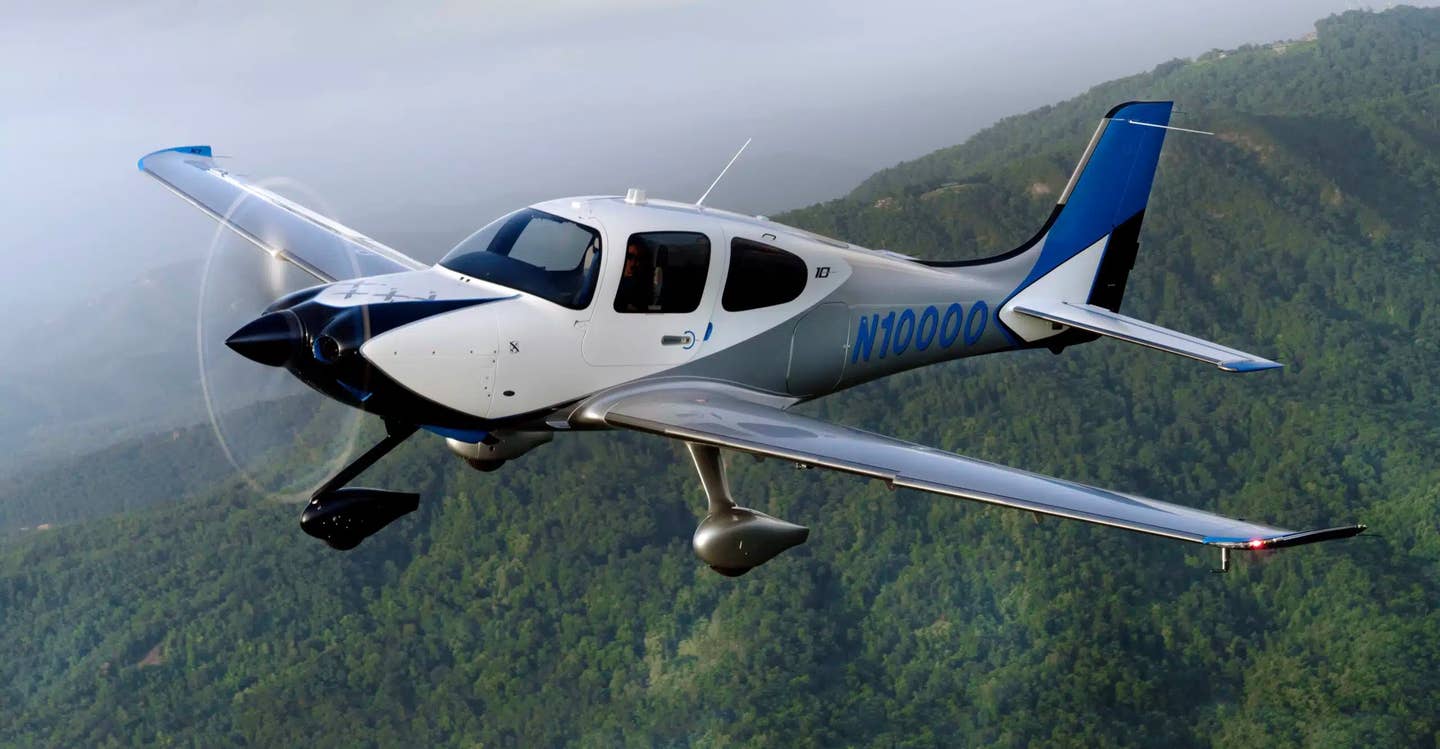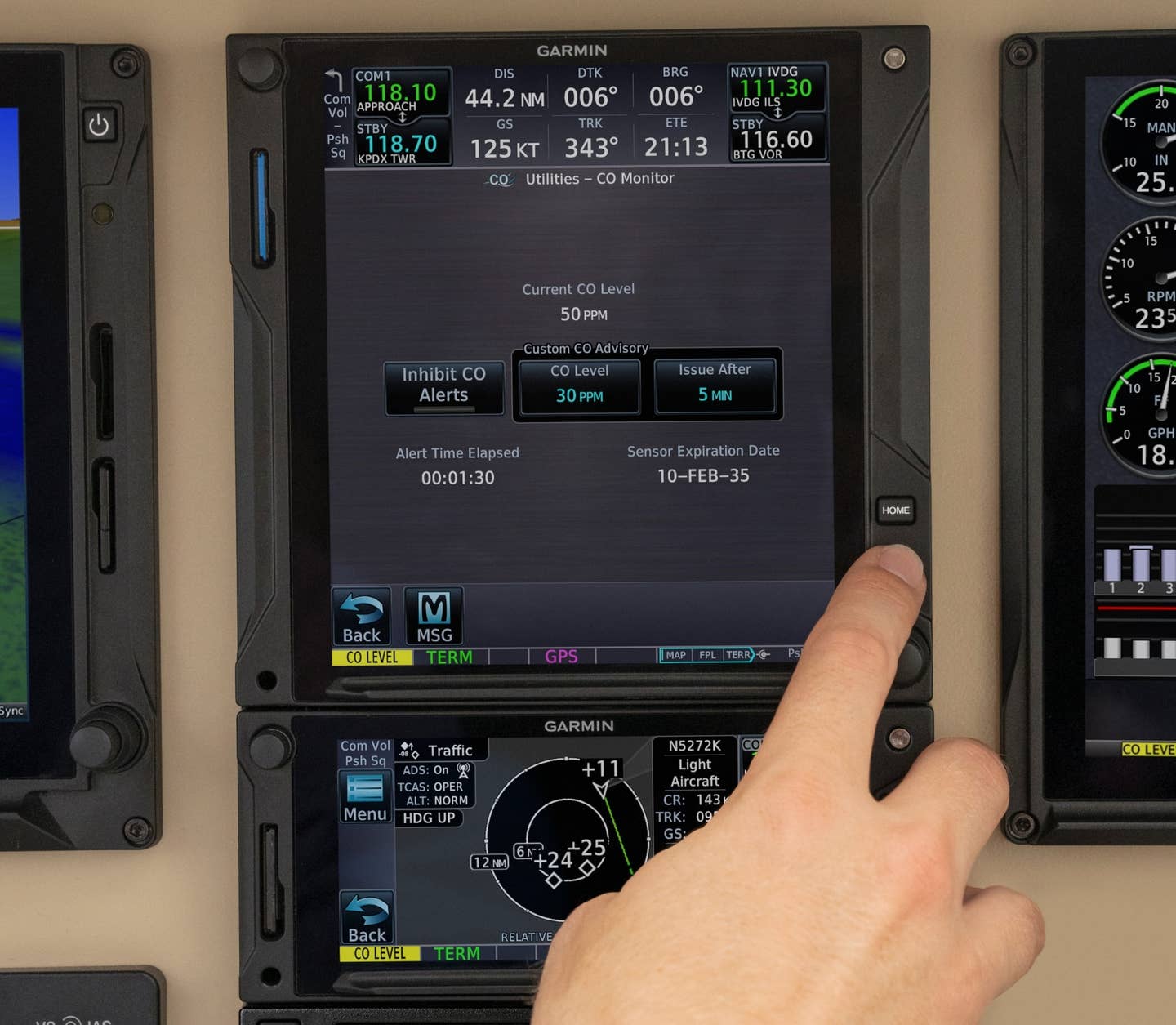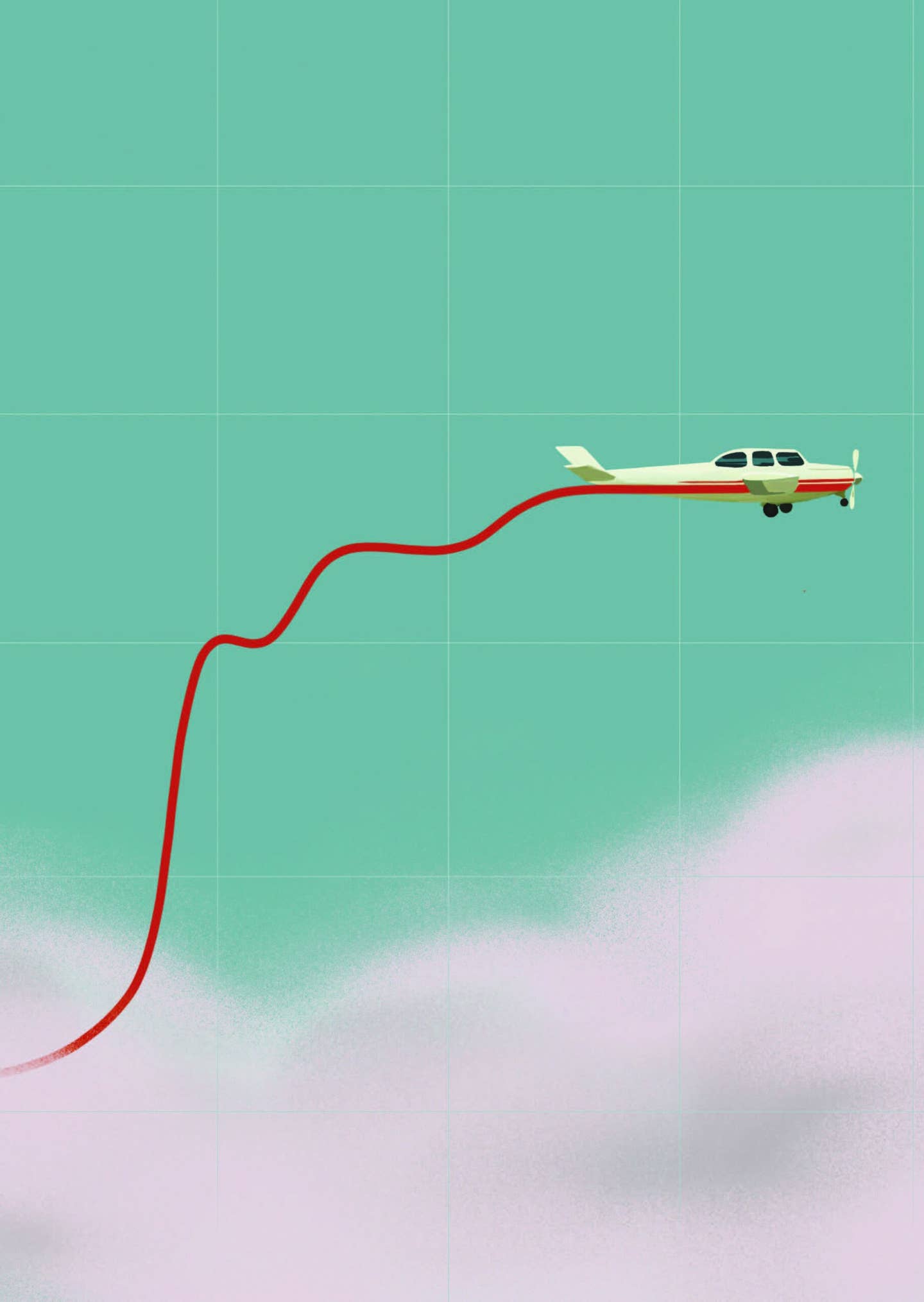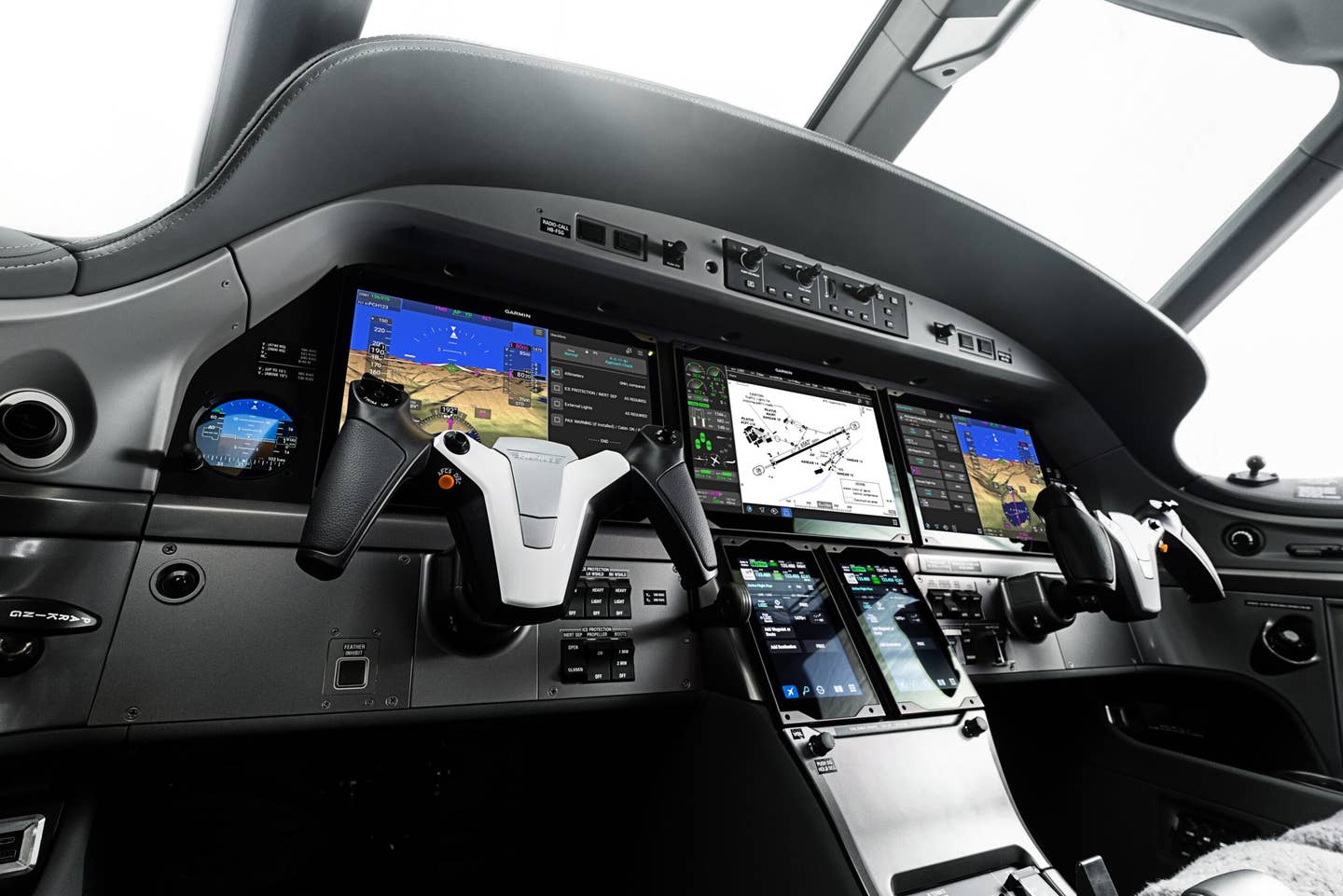Garmin G5000 Earns EASA Approval for Cessna Citation Excel, XLS
Garmin’s G5000 flight deck for the Cessna Citation Excel and Citation XLS aircraft has officially received European Union Aviation Safety Agency (EASA) certification.
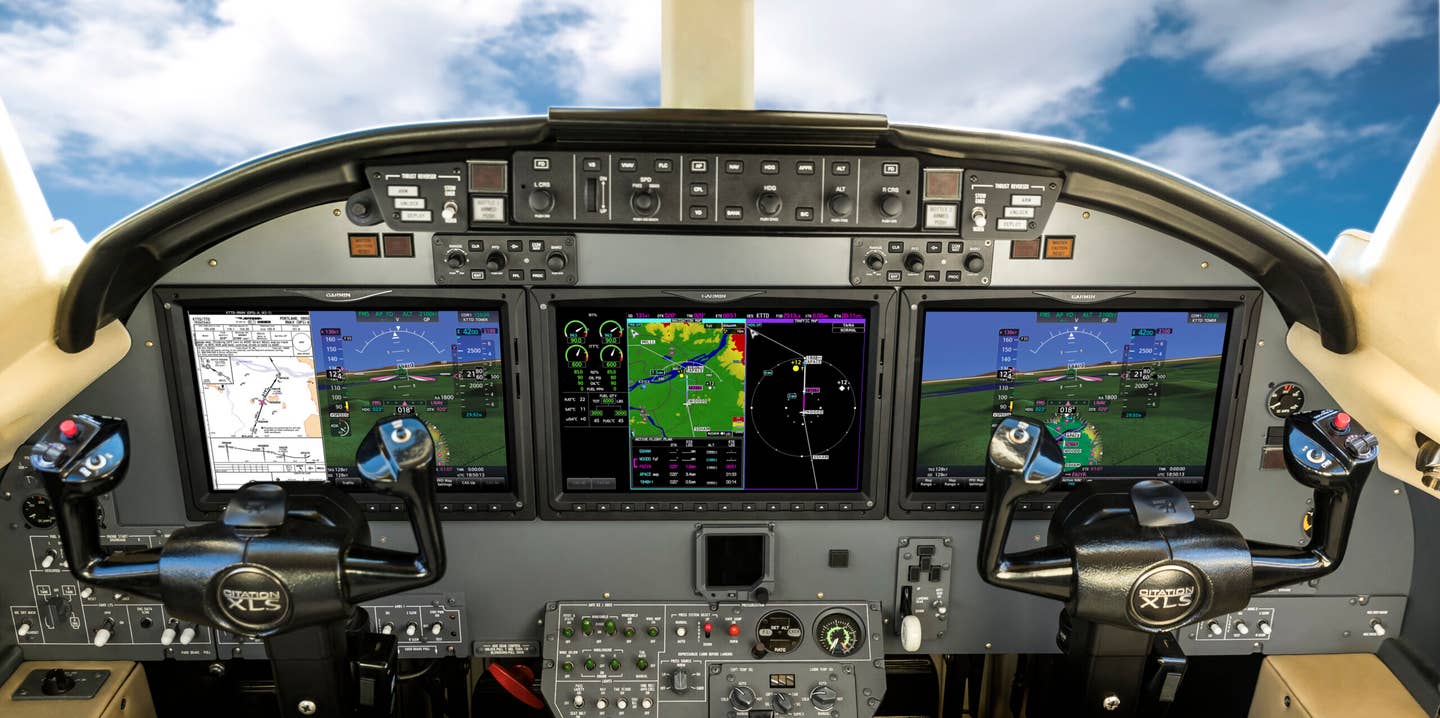
Garmin’s Cessna Citation Excel and Citation XLS G5000 modernization program launched three years ago, and more than 100 Excel and XLS aircraft have added the avionics package to those jets. {Courtesy: Garmin Aviation.
Garmin’s (NYSE: GRMN) G5000 flight deck for the Cessna Citation Excel and Citation XLS aircraft has officially received European Union Aviation Safety Agency (EASA) certification.
A spokesperson for Garmin confirmed the news with FLYING after the company announced in October that approval was pending.
At the time, Garmin said its Cessna Citation Excel and Citation XLS G5000 modernization program launched three years ago and that more than 100 Excels and XLSs have added the avionics package to those jets. The next major milestone was to work with European regulators to finalize the permission needed by EASA-certificated operators to install the G5000 integrated avionic suite on the midsize jets.
“We are thrilled to bring this complete flight deck solution to the European market and further expand the G5000 upgrade program for the Citation Excel and Citation XLS fleet,” Carl Wolf, Garmin’s vice president of aviation sales and marketing, said in a statement.
The upgrade includes FAA and EASA-compliant and integrated ADS-B Out solutions. Operators will also be able to access more airports and lower approach minimums through the PBN/RNP 0.3 with LPV/APV approach capabilities.
Some other G5000 features for the Citation Excel/XLS include:
- Three landscape-oriented flight displays with split-screen capability
- Simultaneously viewing of maps, charts, checklists, TAWS, TCAS, flight plans, and weather
- Electronic charts and geo-referenced Garmin SafeTaxi airport diagrams across all displays
- Touchscreen controllers that as the pilot interface to the flight deck
- Fully digital automatic flight control system (AFCS)
- Autopilot-enabled emergency descent mode (EDM) in the event of aircraft depressurization
- Optional autopilot-assisted underspeed protection (USP) to assist with airspeed management while enabling fully coupled go-arounds.

Sign-up for newsletters & special offers!
Get the latest FLYING stories & special offers delivered directly to your inbox

